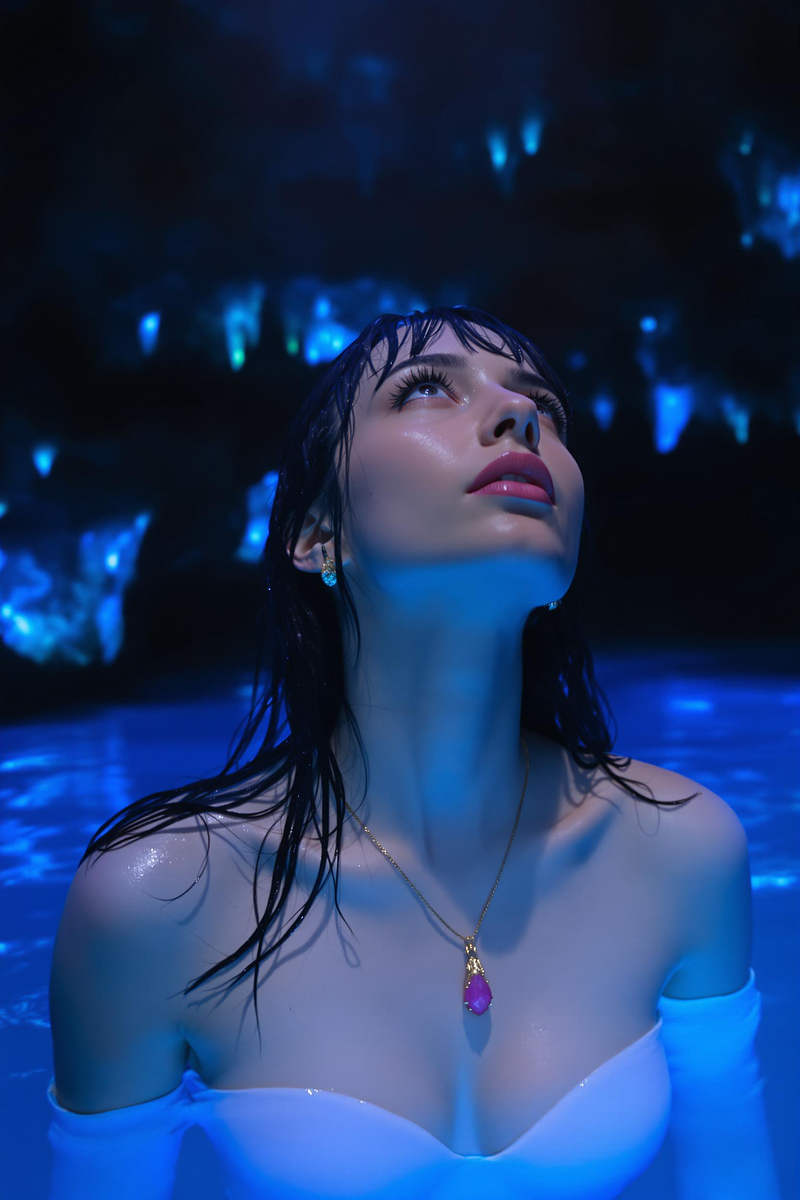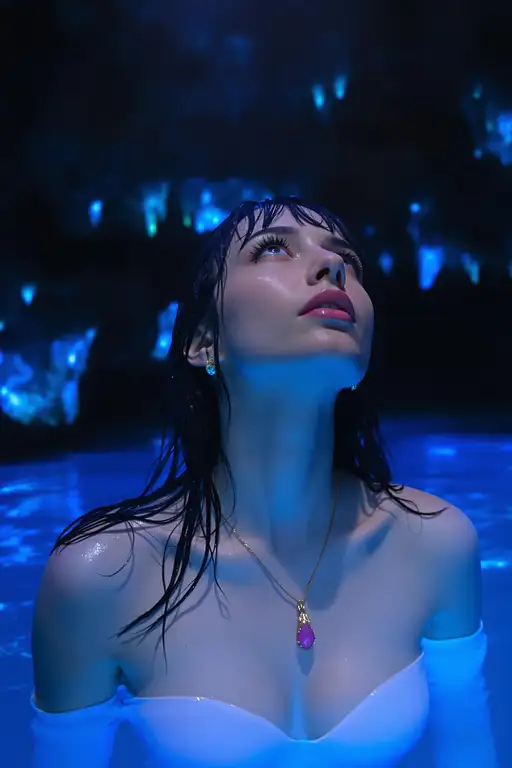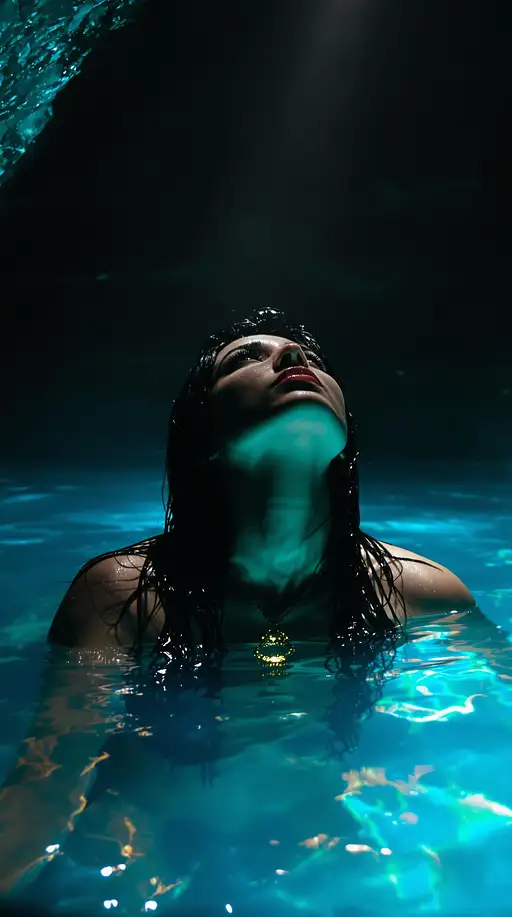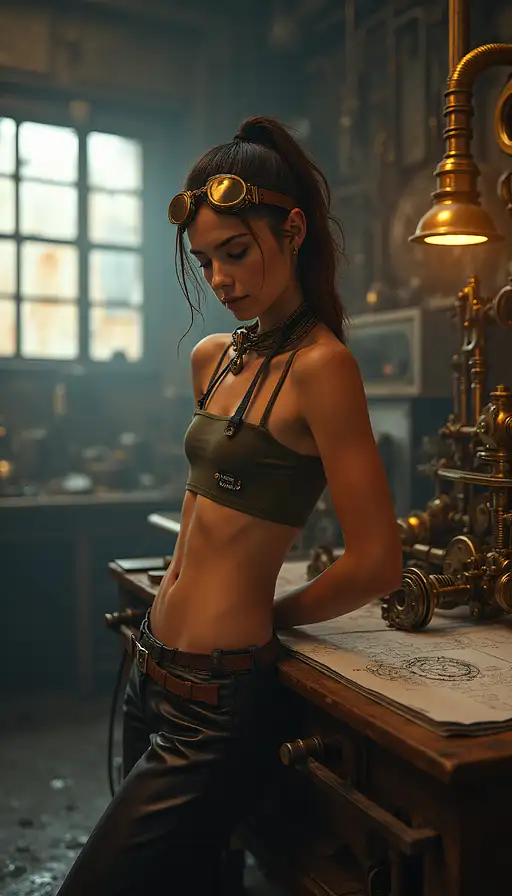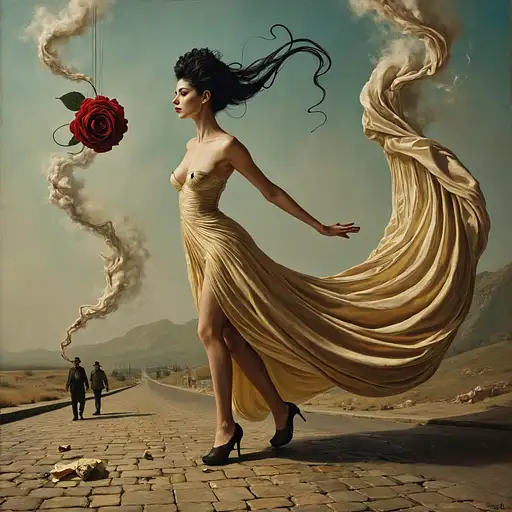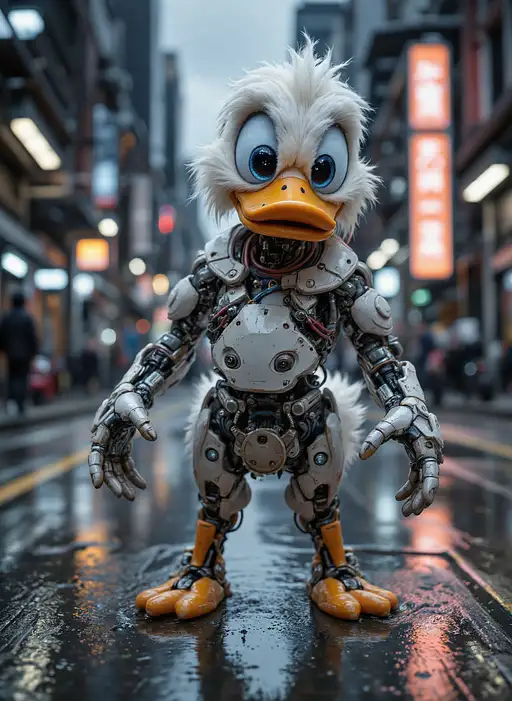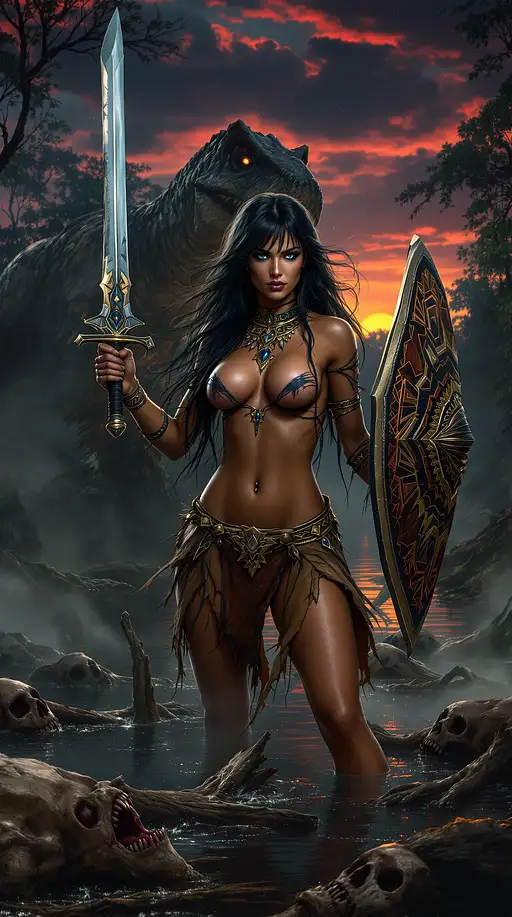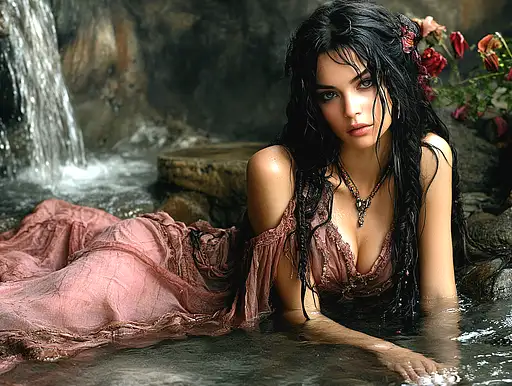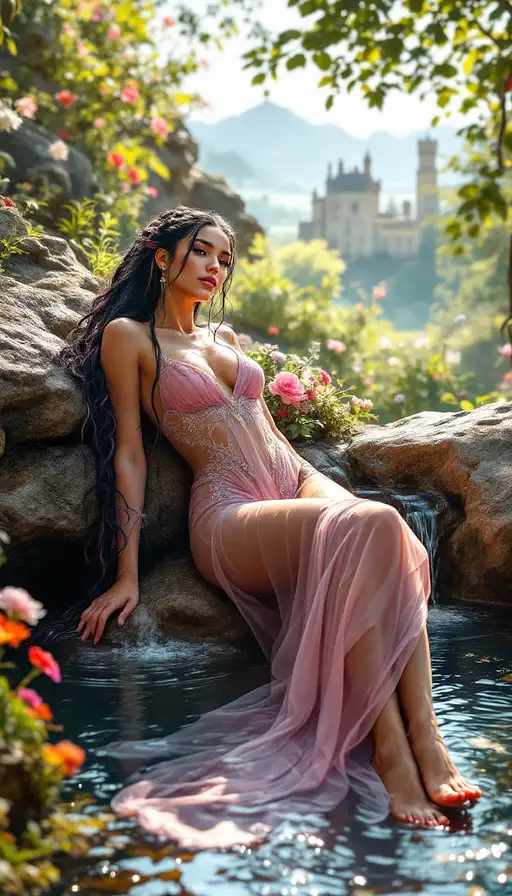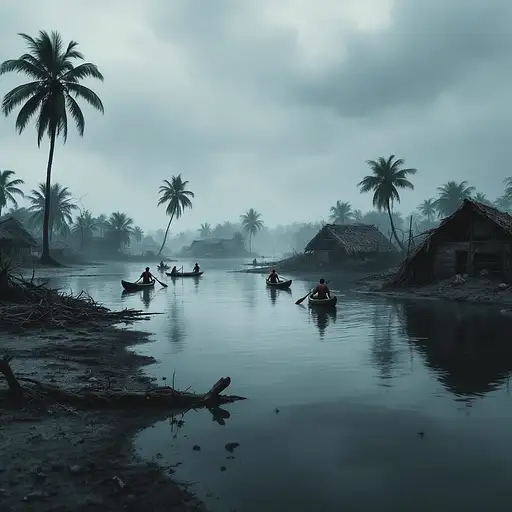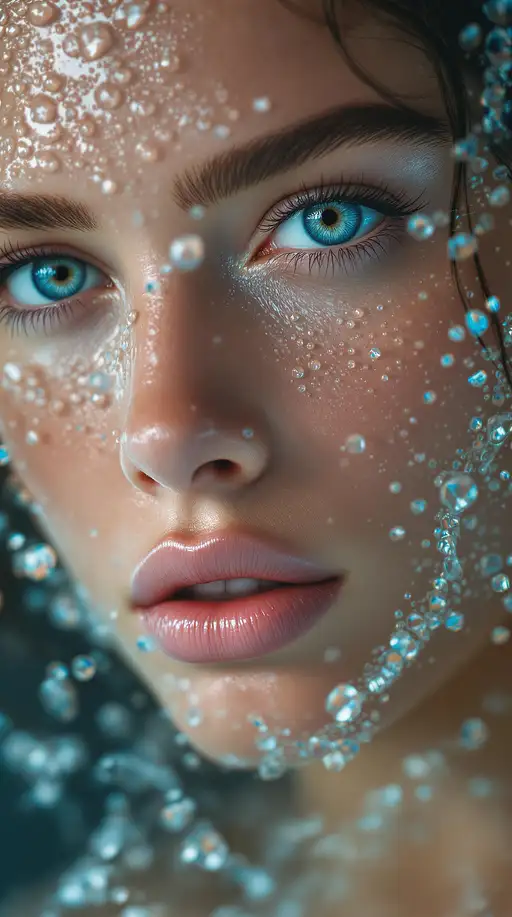
7 months ago
Create a hyper-realistic bird’s-eye view of a 16th-century pirate ship stranded in the middle of a flooded highway in Makassar, Indonesia. The massive ship, now very old, has tall sails that are no longer fully intact, with the wood and paint faded and weathered from time and exposure. The ship is surrounded by the floodwaters that have submerged the street, with elevated flyovers full of stopped cars due to a traffic jam caused by heavy rain. In the background, you can see the University of Makassar (UNM) campus building standing tall, and nearby, several Pinisi ships and small boats float helplessly in the rising floodwaters. The atmosphere is dramatic and chaotic, with dark clouds looming overhead, and the sky frequently pierced by lightning strikes that illuminate the scene. The rain is torrential, creating a misty fog over the city, while water ripples from the rain create an eerie reflection of the scene in the flooded streets. The contrast between the ancient pirate ship, the modern city with jammed traffic, and the presence of the Pinisi ships creates a surreal, cinematic effect. The stormy weather, the overwhelming flood, and the historical ship stranded in a modern setting evoke a sense of nature’s power and the unexpected clash of time and place.
